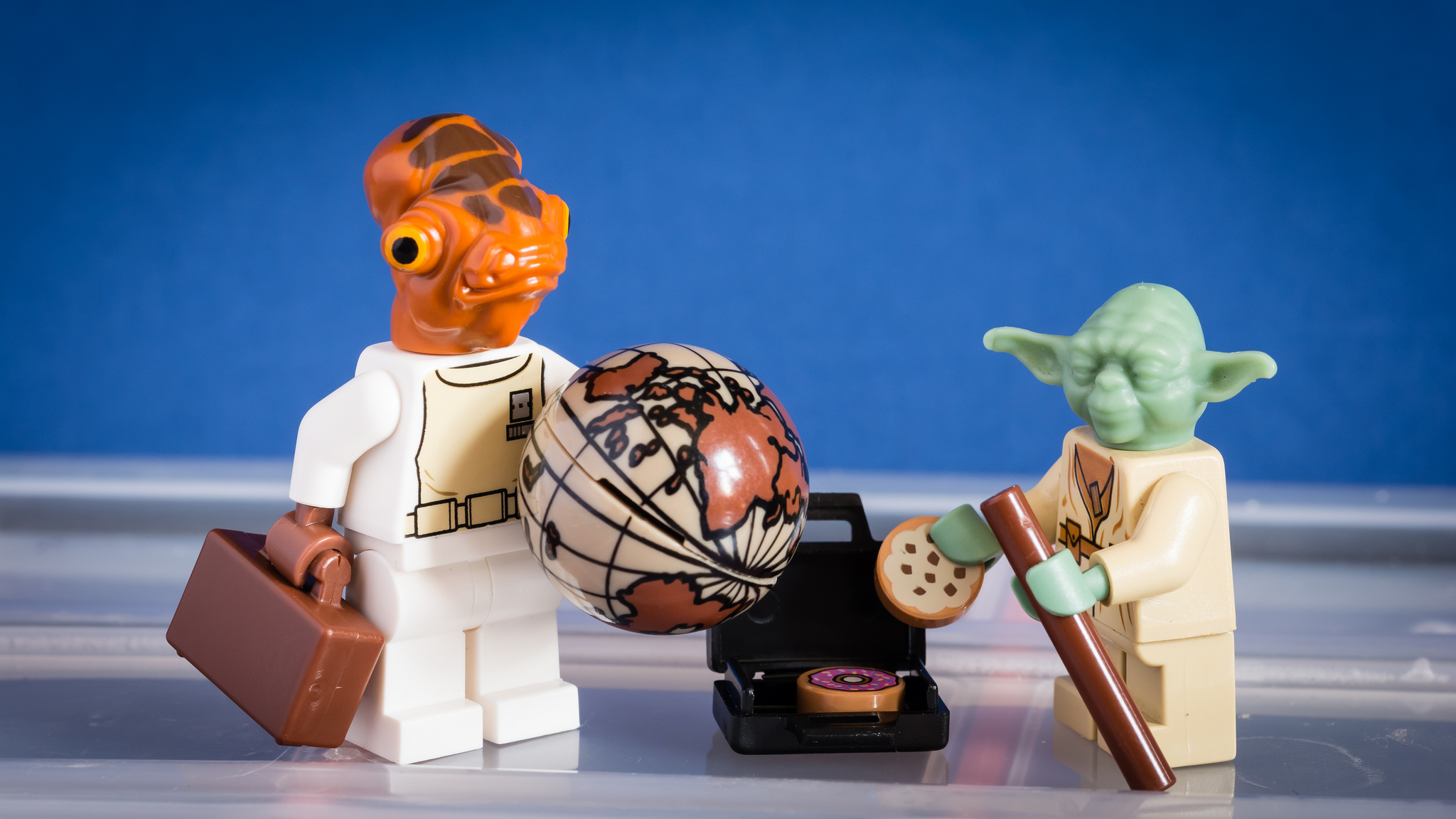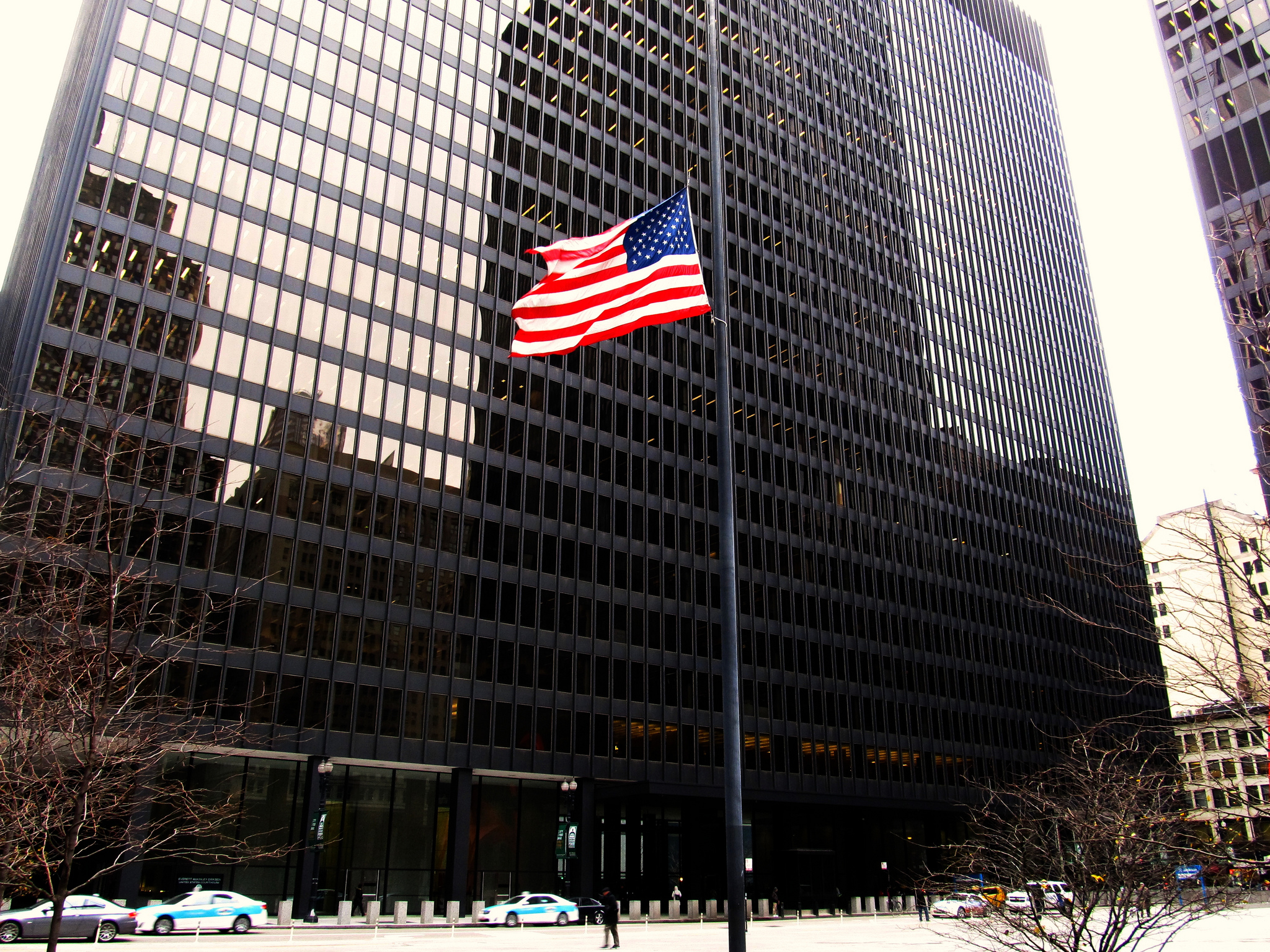 By Lori Andrews [via Social Network Constitution Blog]
By Lori Andrews [via Social Network Constitution Blog]
As technology makes surveillance easier and cheaper, courts are grappling with how to apply the Fourth Amendment in the digital age. Prior to beepers, GPS, people checking in on Foursquare, and social networks, law enforcement monitoring of suspected offenders was limited by the constraints of manpower, budget and the risk that the officers following suspects might themselves be seen.
But now an increasing amount of information about people’s whereabouts, activities, purchases and intentions can be gleaned digitally, without an officer ever leaving the station. The U.S. Supreme Court’s decision this month in United States v. Jones provides little guidance about which activities might be considered searches, which require warrants, and which voluntary disclosures to third parties might waive Fourth Amendment rights.
The case involved a GPS tracking device installed on a car owned by his wife and driven by Antoine Jones, a D.C. nightclub owner. Jones was the target of a narcotics investigation by police and the FBI, who obtained a search warrant to place a GPS device on the car in D.C. within 10 days. The device was planted on the car on the 11th day in Maryland.
At his trial for conspiracy to distribute cocaine, Jones moved to exclude the information collected through GPS monitoring, but the district court suppressed only the data obtained while the vehicle was parked in Jones’s own garage. The U.S. Court of Appeals for the District of Columbia Circuit reversed his conviction on the grounds that the 28-day warrantless use of the GPS violated the Fourth Amendment.
The Supreme Court unanimously affirmed, but with three separate decisions, providing little guidance for courts faced with issuing warrants or admitting evidence from digital devices.
Justice Antonin Scalia wrote the majority opinion, joined by Justice John G. Roberts, Justice Anthony M. Kennedy, Justice Clarence Thomas, and Justice Sonia M. Sotomayor. Since the Fourth Amendment protects the right of the people to be “secure in their persons, houses, papers, and effects, against unreasonable searches and seizures” and since a car is an “effect,” the majority held that the government had committed a trespass in violation of the Fourth Amendment in installing the device.
The majority refused to comment on the constitutionality of surveillance without a trespass.
“It may be that achieving the same result through electronic means, without an accompanying trespass, is an unconstitutional invasion of privacy, but the present case does not require us to answer that question,” wrote Justice Scalia.
Justice Samuel A. Alito Jr. wrote a concurrence that was joined by Justice Ruth Bader Ginsurg, Justice Stephen G. Breyer, and Justice Elena Kagan. He noted that “the Court’s reasoning largely disregards what is really important (the use of a GPS for the purpose of long-term tracking) and instead attaches great significance to something that most would view as relatively minor (attaching to the bottom of a car a small, light object that does not interfere in any way with the car’s operation).”
Alito criticized the majority for using a physical trespass test, which had been rejected in previous cases as not protective enough.
By wiretapping a public phone booth, law enforcement had not trespassed on the suspect’s property in the 1965 decision of U.S. v. Katz. Yet the Supreme Court had held that Charles Katz had a “reasonable expectation of privacy” in his conversations and that the Fourth Amendment “protects people, not places.”
The Alito concurrence would use the Katz reasonable expectation of privacy test as the sole test, but Alito ominously suggests that technology such as social networks can lower the expectation of privacy.
During oral argument, Justice Alito had said, “Technology is changing people’s expectations of privacy. Suppose we look forward 10 years, and maybe 10 years from now 90 percent of the population will be using social networking sites and they will have on average 500 friends and they will have allowed their friends to monitor their location 24 hours a day, 365 days a year, through the use of their cell phones. Then — what would the expectation of privacy be then?’”
Justice Sotomayor agreed with the Alito concurrence that “at the very least, ‘longer term GPS monitoring in investigations of most offenses impinges on expectations of privacy.’” But she drew attention to the unique attributes of GPS surveillance she found relevant to the Katz analysis.
“GPS monitoring generates a precise, comprehensive record of a person’s public movements that reflects a wealth of detain about her familial, political, professional, religious, and sexual associations,” wrote Sotomayor, adding, “People disclose the phone numbers they dial or text to their cellular providers; the URLs that they visit and the e-mail addresses with which they correspond to their Internet service providers; and the books, groceries and medications they purchase to online retailers.”
Such disclosures to third parties should not be taken as a sign that people have a lower expectation of privacy with respect to the type of information the government is allowed to collect.
“I for one doubt that people would accept without complaint the warrantless disclosure to the Government of a list of every Web site they had visited in the last week, or month, or year,” wrote Sotomayor.
Despite the seeming achievement of a nine-justice affirmation of Fourth Amendment rights, the Jones case raises more concerns about privacy then it answers.
The case shows how easy it is for law enforcement to get a warrant for long-term monitoring. If the GPS had been planted a day earlier and in D.C. instead of Maryland, the Supreme Court would never have become involved.
The decision also leaves intact the ability of law enforcement to use third parties to trigger surveillance technologies. The Court cited with approval the beeper decisions where the seller of a legal chemical attached a beeper to the container so that the cops could figure out where the chemical was going.
Under that logic, the manufacturer of a computer could include hardware or software to inform law enforcement of anything suspicious that a person searched for or ordered; that approach would evade Fourth Amendment scrutiny.
More troubling, Justice Alito seems prepared to hold that, if people are sharing more of their lives on social networks, Foursquare, and through emails, they lower their expectations of privacy for Fourth Amendment purposes.
Only Justice Sotomayor seemed concerned that “Awareness that the government may be watching chills associational and expressive freedoms.”
Citing Seventh Circuit Judge Joel M. Flaum, Justice Sotomayor warned that “making available at a relatively low cost a substantial quantum of intimate information about any person whom the Government, in its unfettered discretion, chooses to track” may “alter the relationship between citizen and government in a way that is inimical to democratic society.”



Leave a Reply